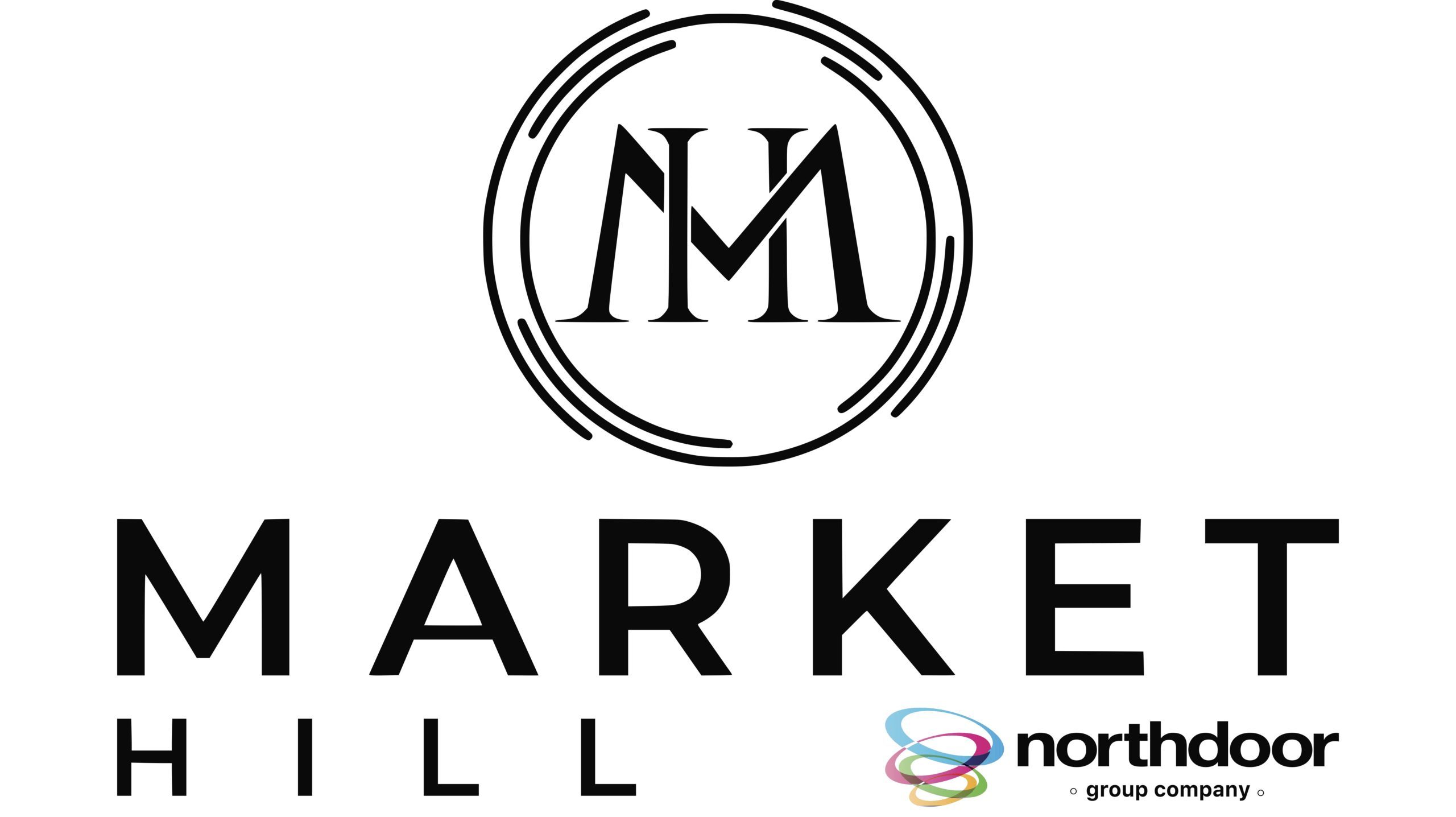Here’s a short story that might resonate from working with your portco tech teams to value creation programmes.
I’m part of a local Triathlon Club; we set a goal for 2022 to increase member engagement; we already have enough members; we just needed them to do more stuff with the club.
We decided to do three things to increase engagement: communicate more, reduce fees and introduce a new club kit!
Triathlon kits aren’t inexpensive; the average kit costs $200 and lasts a long time; our last new kit was 12 years ago!
We wanted to incentivise people to buy a kit now by offering: A simple online shop, buy-back if you got your sizing wrong and subsidising the kit, so it would only cost our members $50.
They had two weeks to order.
After one week, there were only two orders.
One of them was me.
One email to our members changed everything, “Reminder on club kit; we have only five more discounted Tri suits left!”.
Within 2hrs, we had all the orders we wanted and more!
What does this have to do with technology value creation?
We’ve talked before about how ‘when your site fails, it can be great for business!’
FOMO can be a key-value creation ingredient, but would they still have ordered if the fiction to buy was too high: If they got the wrong size and couldn’t exchange or if they had to fill out a form, they could only get on the 2nd Tuesday of the month or if they had to pay $200!
Tech value creation needs to do to reduce friction, both in complex technology change and for your customers.
What fiction do you usually encounter with your tech teams? How does this affect their customers, internally and externally? Could you make the whole process that much simpler?
If you can find and eliminate sources of friction in your portcos tech estate, there could be considerable value made as a result.
Keep leading; it matters.
–
Thomas

